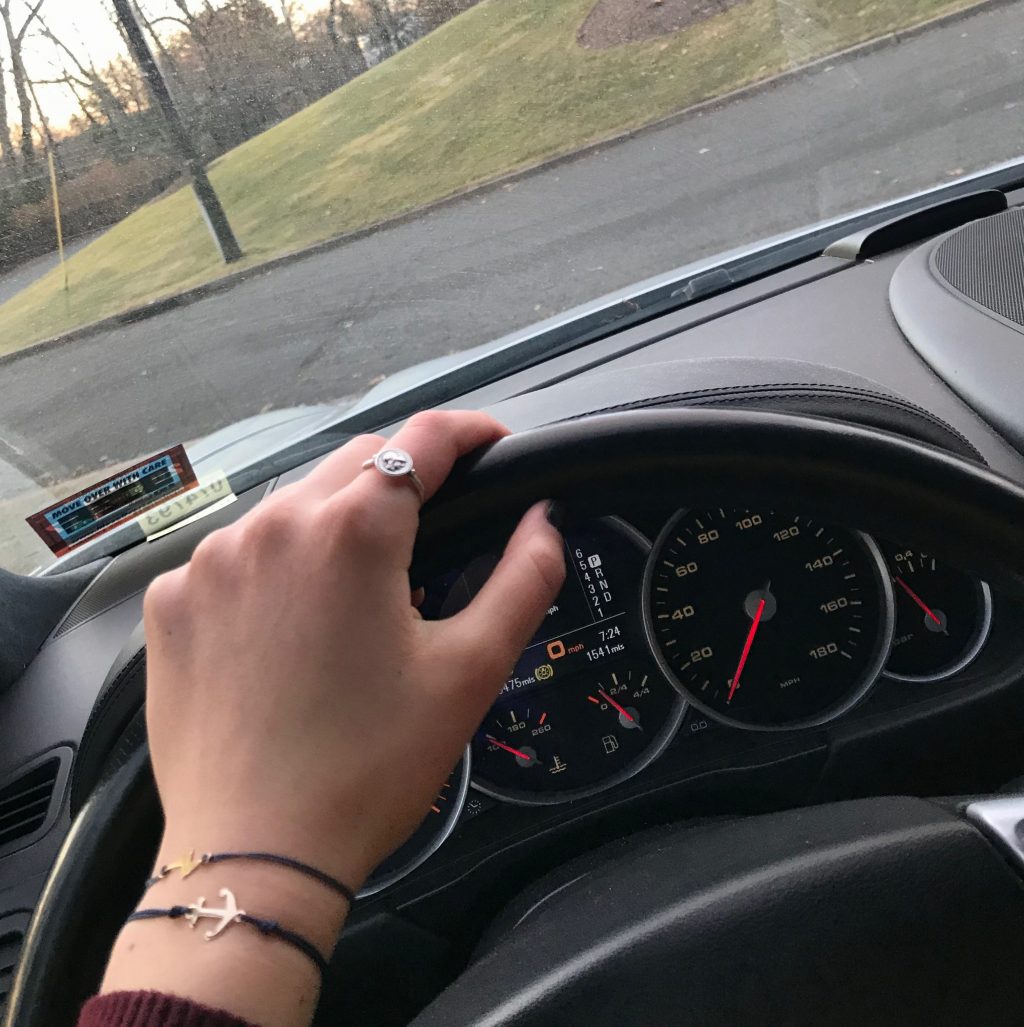High school students reach many important milestones during their four years at RHS. Most notable is being able to drive; the independence and responsibility driving creates makes it one of the first steps to adulthood. Being able to pick up a friend on the way to school and stop by Hot Bagels makes a perfect morning. Getting your license comes with its perks, we can all agree.
In order to get your license in New Jersey, you have to partake in the state’s Graduated Driver License (GDL) program, a three step process that helps new drivers gain experience and build essential driving skills. The law also creates a safer overall driving environment for all New Jersey residents by preventing accidents caused by inexperienced drivers, as we have all heard about on the news. The program states that eligibility for obtaining a permit begins at age sixteen, and requires the new driver to pass a visual test as well as a written test proving their knowledge of the rules of the road. Enrollment in a Driver’s Education course, which is mandatory for every sophomore student in RHS and often taught by Mr. Knott or Mr. Kay, is also necessary. Obtaining your learner’s permit doesn’t give you complete freedom just yet. Unfortunately, there are a few restrictions, including the necessity of being accompanied by a NJ-licensed driver who is over 21 years old while you are driving, and not being able to drive between 11:01 P.M. and 5 A.M. Once your 17th birthday arrives, and if you’ve had your permit for at least six months, you become qualified to take your road test and potentially get your license, praying you pass. To pass your road test, you must be able to successfully parallel park, perform a K-turn, operate a car in reverse, and follow to basic road rules such as stopping at appropriate signs and yielding to right-of-way. Many licensed drivers have labeled the road test a terrifying and stressful experience, but it really only takes about five minutes or less. Passing the road test allows you to get your probationary driver’s license, which lasts until you are 18 and prohibits driving with more than one person in the car and driving between 11:01 P.M. and 5 A.M. Piling five friends into a car is against the law until you reach 18. At age 18, or after you’ve had your probationary license for a year, you can get a basic or full license, which concludes your participation in the GDL program.
The freedom a license gives new drivers is exhilarating, and teens, as we all know, often become more lenient with the driving rules they once practiced so strictly to pass their road test, such as stopping for three seconds at a stop sign or driving at the speed limit. In fact, the CDC has reported that the risk of motor vehicle accidents is higher among 16-19 year olds than any other age group, and that teen drivers are approximately three times more likely to be in a fatal crash than drivers age 20 and up. Of course, driving isn’t a skill that can be mastered in a short period of time; it requires lots of practice in all different types of settings and situations.
Believing you are a safe and good driver, going slow, and being alert at all times is the best mindset to have when you are driving to ensure your safety and the safety of others. Although you may want to speed down an empty street just for the thrill of it, be mindful of a squirrel that could jump into the road at any second.
Annie Probert
staff writer
Graphic: Anika Tsaptsaris

